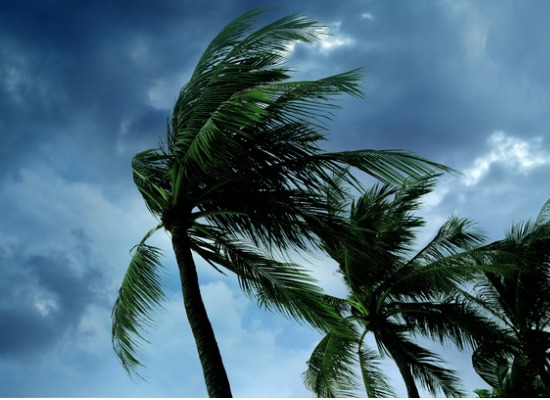TREE EDUCATION

Hurricanes can be dangerous on their own, but trees that aren't prepared for the storm can add extra danger. From heavy branches snapping off and becoming projectiles to the tree becoming uprooted and causing property damage, trees can be hazardous during a storm. But, there are steps you can take to ensure the safety of both your trees and your property. Follow these tips from the master arborists at SkyFrog Tree Service for a safer hurricane season in Gainesville.
For all of your tree care needs, contact us to request a free estimate. We also provide emergency tree removal services after the storm.
Keeping trees safe during hurricane-force winds starts with selecting suitable trees. Typically speaking, native Florida trees, such as palms, hold up well during storms because they've adapted naturally over many generations to do so. Some good all-around options include southern magnolia, live oak, crape myrtle, bald cypress, and sycamore. Just make sure to do your homework before planting anything. If you already have a species that doesn't fare well in storms, you may want to consider tree removal.
In addition to picking the right trees, it's crucial to establish a lifelong maintenance routine that will keep them strong and healthy. Sick or weak trees are more likely to succumb to hurricanes and strong winds. In addition to good initial tree establishment, a proper water routine and fertilizer regimen can keep trees strong and durable, ready to withstand high winds and adverse conditions.
Tree pruning is an important part of keeping trees healthy and should begin early to ensure a strong trunk develops. Not only does pruning help the development of the trunk, but removing dead or dying branches removes storm hazards and allows the trees' resources to go towards keeping the tree healthy overall. Additionally, the extra light and air allowed in by regular pruning will also help to keep trees strong.
The base of the tree provides all of its support and is necessary for good health. For the roots, make sure that you avoid the area with your mower, as mower blades can heavily damage above-ground roots. Putting a ring of mulch around the tree base can make mowing unnecessary while preserving water and nutrients in the soil. For the trunk, wrap it before a storm with a row cover or burlap to protect it from flying debris. Just make sure to remove any covering once the storm is over.
Steel cables and braces can add vital support for weaker trees. They work by transferring some of the tree's weight from more fragile branches that would otherwise break during a strong storm. Having a tree evaluated is an integral part of mature tree care. An arborist can also determine where support is most needed to ensure your tree lasts for many hurricane seasons to come.
Have more questions about our insured tree care services? Check out our tree services FAQs page, or call us to speak to a certified Gainesville arborist!